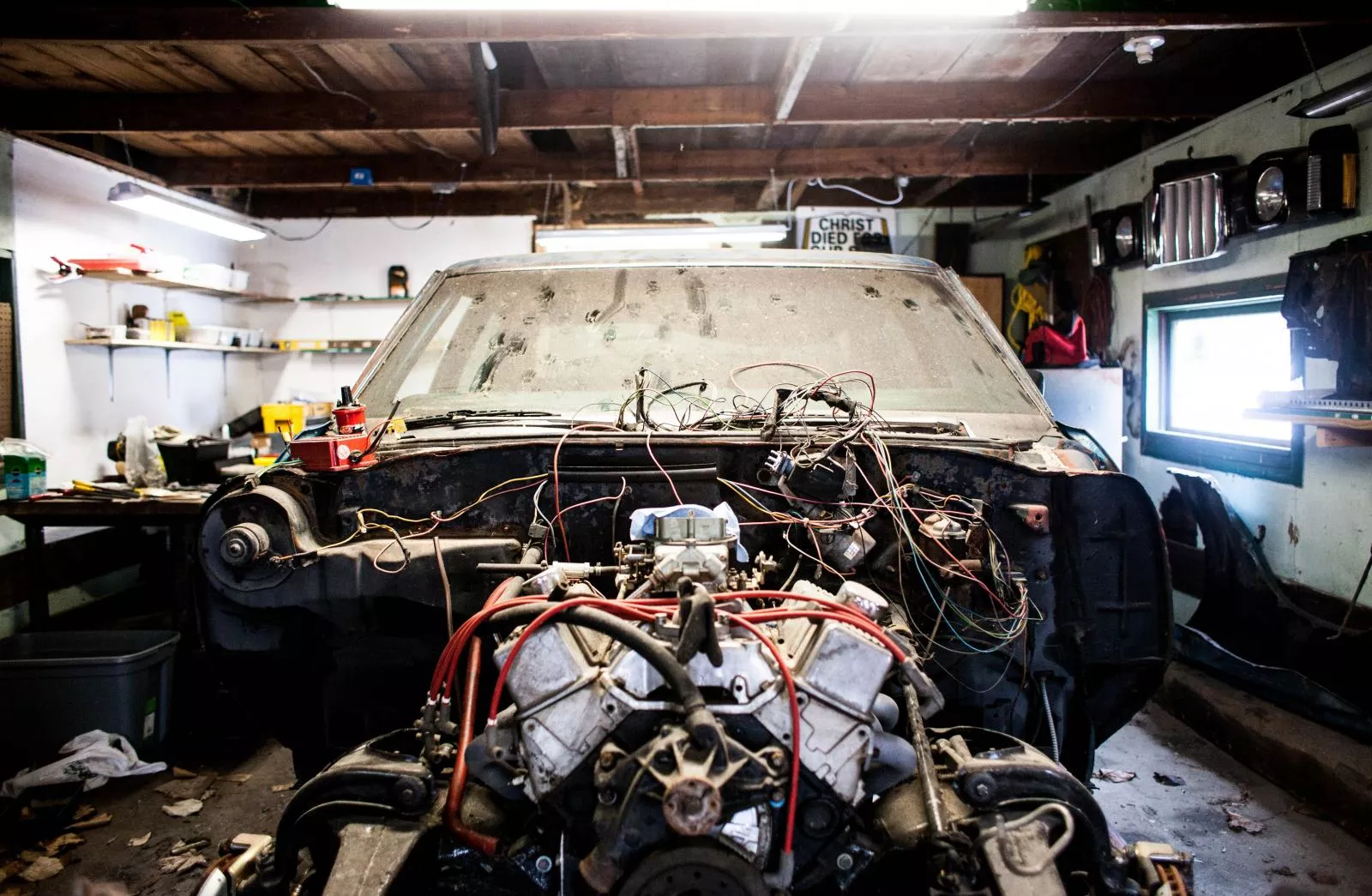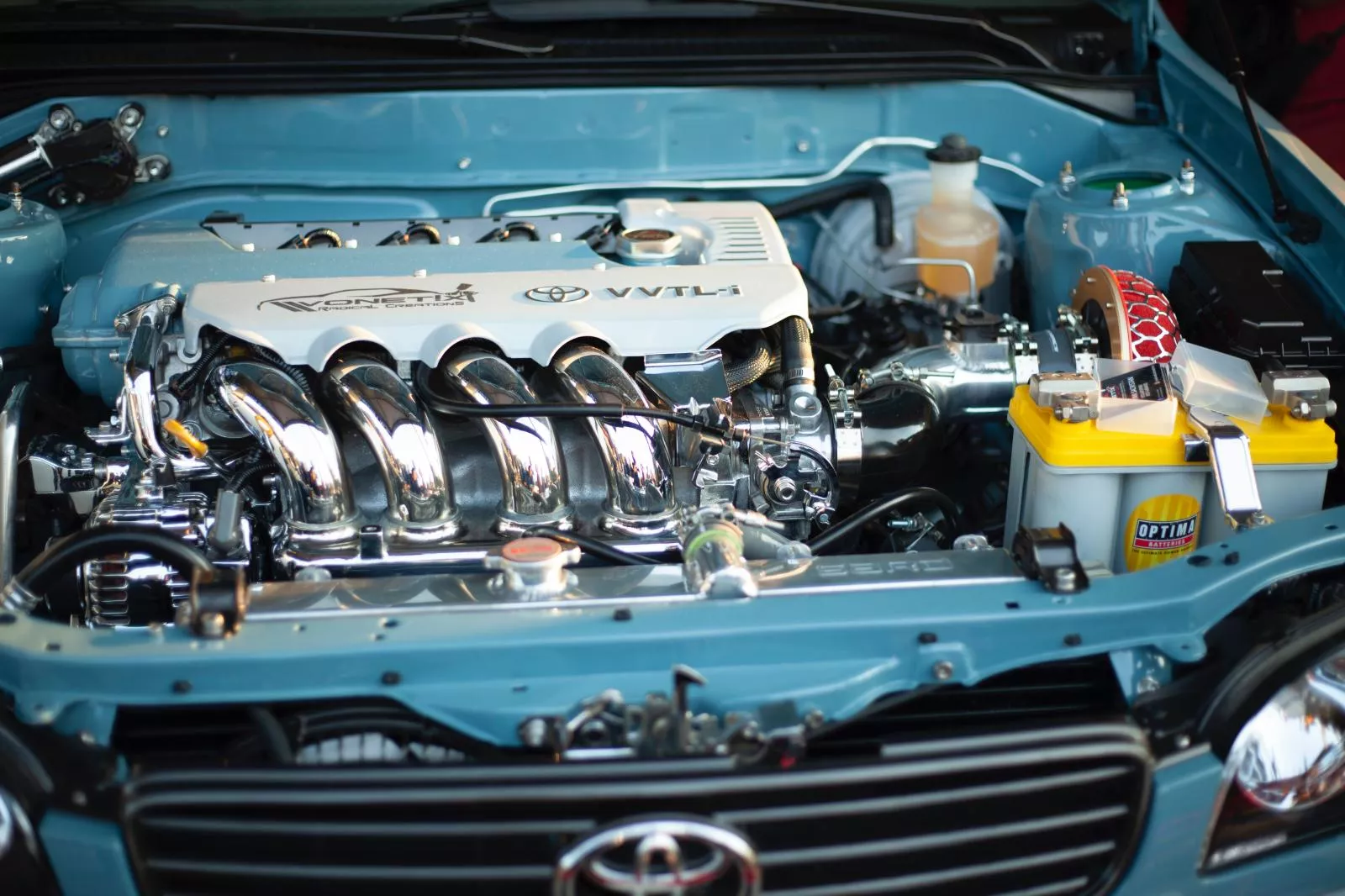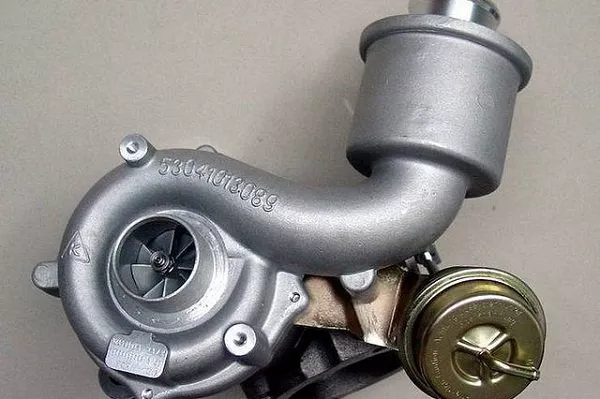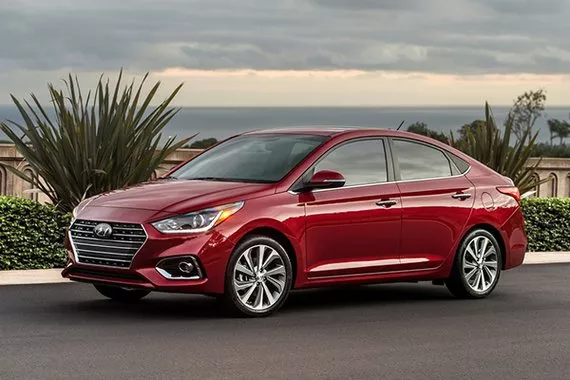When looking for a brand new car, one of the aspects that are commonly asked or looked at is the horsepower rating. By simple definition, horsepower is the rate at which the torque produced by an engine can be done.
Car manufacturers have carefully focused on the number of horsepowers their cars should produce as it is a huge selling point especially for those who know even a few about engines. But of course, this isn’t always the case as some choose a car based upon its brand, design, or features.

The horsepower rating of your car is important to determine its power output capabilities
Do cars with higher horsepower ratings mean it is faster than those with lower horsepower ratings? Yes, but to some extent. There are also other factors to consider when it comes to determining how fast a car can run such as torque, weight, tires used, aerodynamics, and more.
There are two common types of horsepower that is used in the automotive industry. These include the wheel horsepower (WHP) and brake horsepower (BHP). The two are quite different from each other and are measured differently. With that in mind, let’s take a deeper look at the two said horsepower types to see what are the differences between BHP vs WHP.
I. What does BHP stand for?
The brake horsepower is the power generated at the flywheel close to the engine. Or in other words, it is safe to say that the BHP is the car’s actual horsepower. The horsepower numbers are collected from the power at the flywheel which is cranked by the cylinders through the crankshaft.
Of note, the numbers of a BHP will always be higher than a wheel horsepower since it is measured close to the engine. When a wheel horsepower is measured, it comes with power loss caused by other powertrain components, but more on that later.

Brake horsepower is used in car brochures
If you look at the brochures, car dealerships are listing the BHP and not the wheel horsepower. Well, it makes sense to put the BHP over the WHP so the numbers will be higher. Also, the BHP is constant across all variants of a model unlike the WHP as different transmissions or drivetrains change WHP. So for example, if the Toyota Wigo’s 1.0-liter gasoline engine is said to produce 66 hp, then it is the model’s BHP.
>>> Related: A detailed explanation of car's BHP and Torque
II. What does WHP stand for?
As the name implies, the wheel horsepower is the power generated at the wheels. The power is measured using a dynamometer or better known as the dyno. You probably have seen one of these tests already as it is commonly done especially for car enthusiasts.
The dyno works by running a car on its metal rollers and the car runs at full speed to determine both the maximum horsepower and torque. If you decide to run your car on a dyno, be sure that you go to a reputable shop as some cars overshoot.

Installing a turbo in your car increases its horsepower rating
The reason why we said earlier that the WHP is always lower than the BHP is that there’s power loss in other components that need to run as well, such as the clutch, transmission, alternator, differential, driveshaft, A/C, and more.
>>> Related: Torque and horsepower: What is the difference?
III. What are the differences between BHP vs WHP?
The WHP of your car will change more often than your car’s BHP as the WHP relies on its power output on many car components. So say if you install numerous amounts of car accessories, your alternator will need to be powered more to deliver more energy.
Numbers-wise, the WHP of your car is 10 to 15 percent less than the BHP due to the power loss. Moreover, if your car is designed with an AWD configuration, the numbers will increase to 20 to 25 percent as it will require to power more wheels.
![The dynamometer is the standard way of measuring a car's horsepower [Photo: TURNology] Mustang on a dyno](https://img.philkotse.com/temp/2024/07/27/dyno-1-62fb-373d.webp)
The dynamometer is the standard way of measuring a car's horsepower [Photo: TURNology]
You can measure the WHP easier as compared to bhp. Measuring your car’s WHP would require you to sit your car on a chassis dynamometer only. Meanwhile, measuring your car’s BHP would require you to a prony brake that should be attached to your car’s engine.
However, you don’t need to measure your car’s BHP anyway since it is already listed down on its brochure by your car’s manufacturer. The rated BHP of your car will hardly change over time. It will show significant changes when your car runs for more than 100,000 kilometers or depending on how it is maintained.

A car with horsepower ratings from 75 to 110 should be enough for daily driving needs
Your engine components such as piston and cylinder wear over time causing it to lose compression. Without proper compression, the power extracted from the piston is lessened. This causes your car’s horsepower to be lessened as well.
To conclude, the brake horsepower is measured on the flywheel near the engine and is not affected by power loss, unlike wheel horsepower. So yes, brake horsepower will always be higher than the wheel horsepower. Both horsepower types can be used to determine the root of a failure or how a car’s acceleration can be improved.
IV. BHP vs WHP: FAQs
Q: What is horsepower?
Horsepower is the rate at which the torque produced by an engine can be done. This means that if your car has a high horsepower rating, then it can accelerate faster as compared to those vehicles with a lower horsepower rating.
Q: How to calculate horsepower?
To calculate your car’s horsepower, you would need to multiply your car’s rated torque to the running RPM and multiply the result to 5,252.
Q: Are brake horsepower and wheel horsepower the same?
No, the brake horsepower of your car is measured from the flywheel, while the wheel horsepower is measured from your car’s wheels.
Q: How to measure my car’s wheel horsepower?
You can measure your car’s wheel horsepower using a dynamometer or also known as a dyno. The wheels of your car will be running on a dyno’s metal rollers that will calculate the amount of power your wheels produce.
Q: Do car dealers use brake horsepower or wheel horsepower?
Car dealers advertise their cars using their brake horsepower rating. The numbers can change depending on the transmission drivetrain configuration used so using the constant BHP is more suitable.
Here at Philkotse.com, we value your interest in the automotive industry. Visit our website to find out more.
Recent posts
- cold versus short ram air intake comparison Dec 31, 2020
- Stroker Engine Mechanism Dec 31, 2020
- Everything you need to know about torque Dec 04, 2020
- 5 simple tips to maximum your car engine's performance Aug 16, 2022
- 7 components to tune up car engine for maximum horsepower & torque Dec 15, 2020












